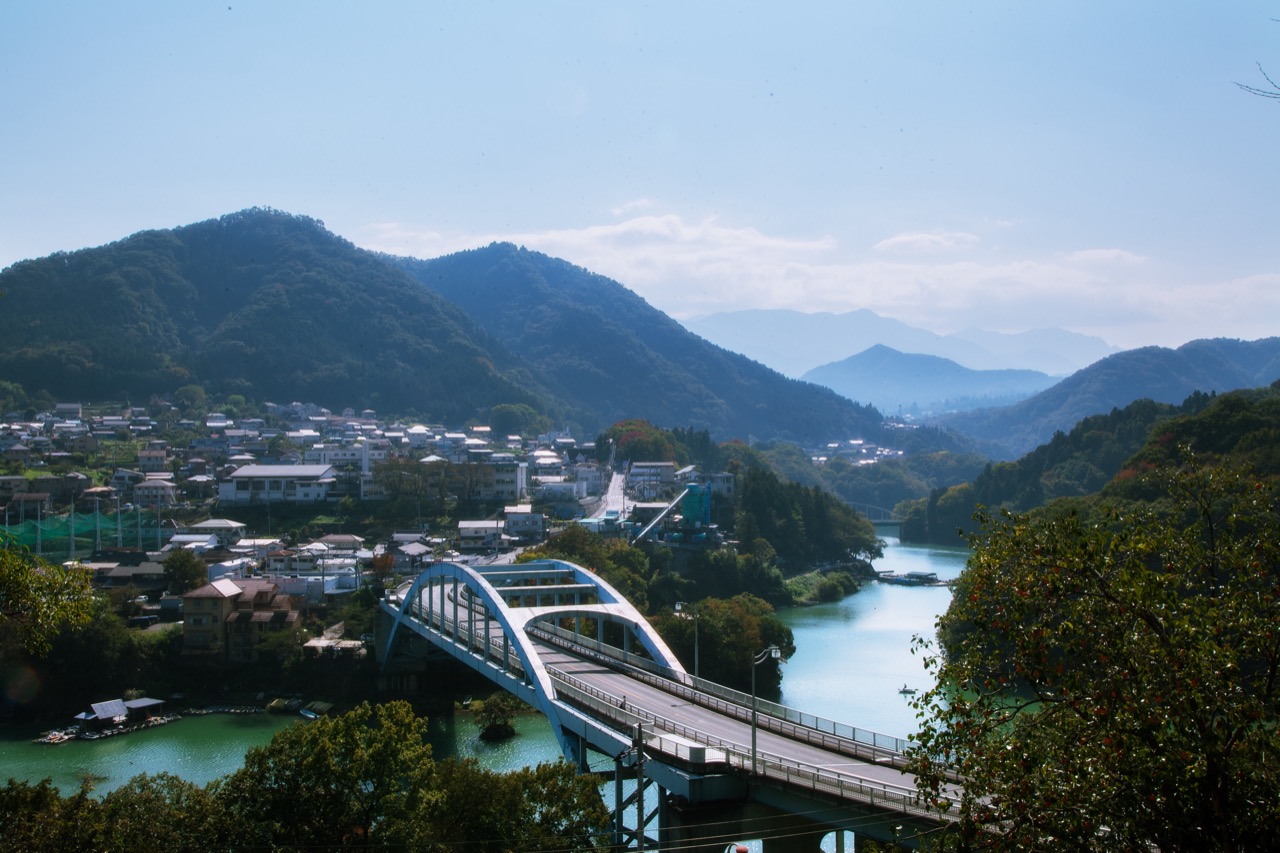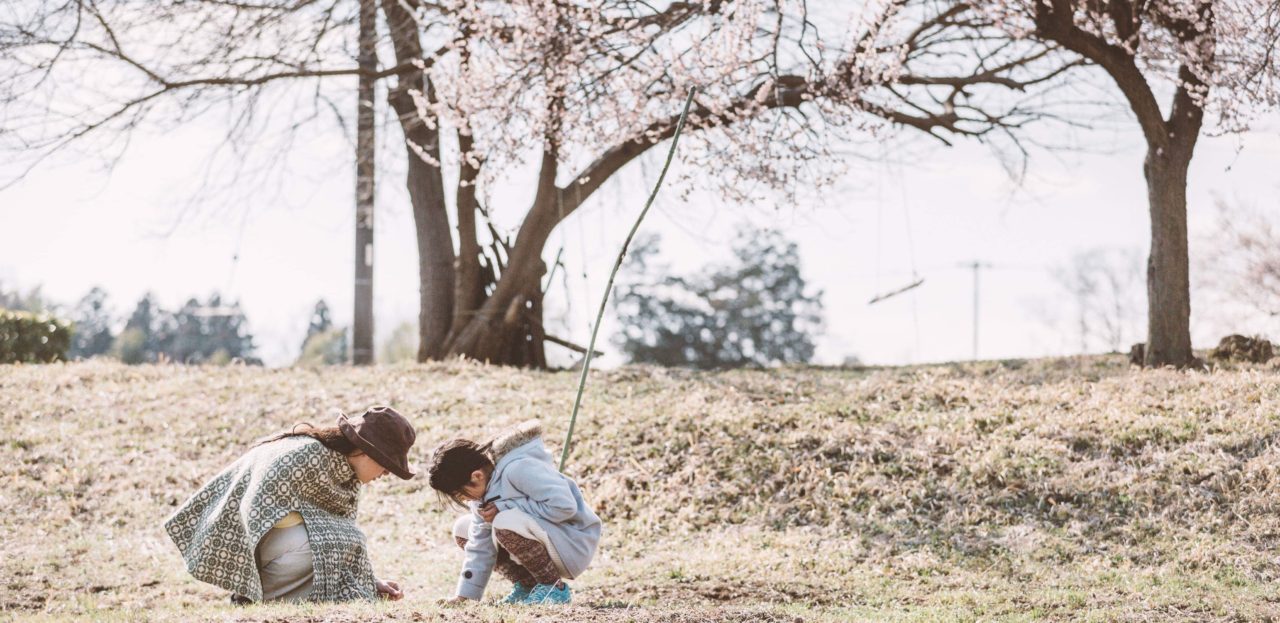
Fujino Area : Fujino’s efforts
・・・Fujino Area・・・
The Fujino area features a combination of artistic activities and a focus on a sustainable way of life. Fujino amalgamated with nearby Sagamihara in 2007 and was designated a ward of the municipality of Sagamihara, but it retains its artistic and pioneering spirit; residents still refer to the area as Fujino rather than its official name, Midori Ward.
・・・Development of the area・・・
Development of the area
Historically, Fujino was mostly known as a quiet farming community with numerous small farms dotting its mountainous landscape. The main traditional industries from the Meiji era (1868–1912) to the 1950s were charcoal-making, sericulture, and weaving, but these experienced a downturn after World War II due to the decline in use of charcoal as an energy source and developments in the textile industry.
In the early decades of the twentieth century, two leading art universities were established west of Tokyo: Musashino Art University, in Kodaira, and Tama Art University, in Hachioji. Since then, Fujino has attracted artists from the city who have sought out the rural landscape and ease of access to central Tokyo.
・・・A Sustainable Way of Life・・・
A Sustainable Way of Life
Fujino is a sustainable community that uses local resources, farming, and traditions to increase self-sufficiency. It is part of the Transition Network, an international network of projects known as Transition Towns whose aim is to increase self-sufficiency by applying permaculture principles to revitalize communities. Permaculture is the harmonious integration of the environment and people to provide food, energy, shelter, and other material needs in a sustainable way. The principle originated in Australia as a practical way to design a lifestyle that creates sustainable human environments by reducing the potential effects of peak oil prices, climate change, and economic instability.
As part of Fujino’s Transition Town activities, the local government puts on workshops for residents to become more independent. One of these workshops is the monthly Solar Power System Workshop, where participants can learn how to assemble and set up a home solar power system by connecting photovoltaic panels and batteries. The village has its own energy collective, which is used to supply partial power to some houses and charge electric fences to protect fields against animals.

Fujino has its own currency system revolving around Yorozuya (which is like a “general store”), designed to increase communication and mutual support among residents. The project started with 15 individual members in 2009 and has now grown to include more than 400 households. The system involves members of the community providing goods or services in barter style, thereby promoting a more sustainable way of life and ensuring business transactions remain within Fujino.
The system operates using passbooks. Members transact with each other by sharing their passbook along with their contact details and information about the kind of services or products they can provide along with their respective cost. The unit of currency is called a yorozu and is worth as much as one yen. Each member starts with zero yorozu. If a member offers a service or product to another member, they receive yorozu. When a member receives a service or purchases a product, yorozu are deducted from their passbook. Each participant signs the other person’s passbook after a transaction to make it official. Participants can use the yorozu to exchange goods and services or eat and shop at member businesses in Fujino. Each business only allows a certain amount of yorozu to be used for each product, and yorozu cannot cover the total cost.
・・・Art-related activities・・・
Art-related activities
Toward the end of World War II, some of Tokyo’s most prominent artists evacuated the capital to the relative safety of rural Fujino. The artists’ goal was to escape the air raids of Tokyo and carry on their artistic activities. The first wave of artists included such luminaries as the Japanese-French painter and printmaker Léonard (Tsuguharu) Foujita (1886–1968). Others soon followed, attracted by the creative activities in the area. In the 1970s and 1980s, a large number of foreign-born artists, painters, potters, and weavers also moved to Fujino, attracted by its tranquil environment. Currently there are more than 300 artists living and working in Fujino (population 8,300).
One resident artist is Canadian Bryan Whitehead, who lives and works in a 150-year-old former silk production farmhouse in Fujino. Bryan rears silkworms and uses their silk fibers to produce textiles which he then dyes using indigo he cultivates and ferments. He prepares the natural dye from indigo leaves and saves the seeds to start his crops again the following year. The silk is woven on traditional looms.

The Fujino Workshop for Art was built in 1995 to serve as a multipurpose art center for residents, visitors, and corporate use such as company retreats. It has a 300-seat concert hall, a music studio for band practice or recording sessions, and various kinds of accommodations from hotels to tents. Visitors can take part in workshops on pottery, woodworking, glassmaking, and natural indigo-dyeing. Conference rooms can be used for meetings and training camps.
・・・The satoyama experience・・・
The satoyama experience
Fujino is a satoyama, an area made up of a settlement as well as farmland, irrigation ponds, secondary forest, plantation forest, and grassland, in which communities in rural parts of Japan have traditionally lived sustainably with the natural environment. Visitors can experience farm stays and learn about the local way of life through satoyama experiences with residents. These experiences encompass traditional culture such as silk weaving, flower arranging, and indigo dyeing, as well as farming activities such as harvesting; tending goats, sheep, and chickens; and making preserved foods.

・・・Future goals・・・
Future goals
In recent times, professionals have been attracted to Fujino for its reputation as a relaxing place to work and the ease of commuting into Tokyo. Families have also been moving into the area because of the benefits it offers for raising children, including high-quality education and a diverse population.
The initials of Transition Town, TT, also stand for the words tanoshiku (having fun) and tsunagaru (networking). This reflects the aim to build an environment in Fujino where residents enjoy a comfortable work-life balance. The TT movement works to create a strong, secure, and happy lifestyle for residents through warm connections among local people.
